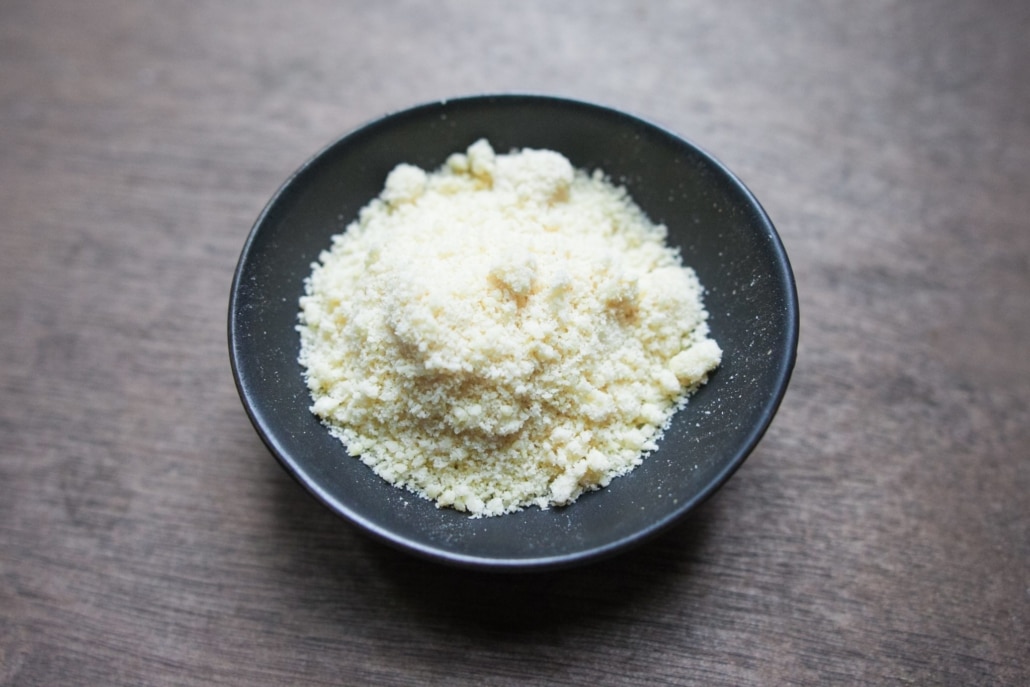Coconut Flour
I use coconut flour because it is gluten and wheat free. It is also rich in dietary fiber, derived from coconuts that are rich in MCFAs, safe for diabetics, and rich in protein. There are 5 grams of fiber per tablespoon, and most of it is insoluble fiber. Insoluble fiber adds bulk to your stool and helps you feel fuller. As a result of the high fiber content, it does not affect blood sugar levels as quickly as grain-based flours. Coconut flour is used by people following the paleo diet, the GAPS or SCD diet, or any grain-free diet.
I add it to my baked goods and sauces for thickening. However, you cannot substitute coconut flour for wheat flour or any other grain based flour at a 1:1 ratio. Coconut flour is highly absorbent, so I generally substitute ¼ cup to 1/3 cup for 1 cup of grain-based flour, as well as incorporate more eggs. For every one cup of coconut flour, I add 6 beaten eggs – but to make life easier, I try to find recipes that call for coconut flour, or come up with my own concoctions.
Coconut flour can be found in any health food store.

Almond Flour
Almond flour is high in protein and low in carbs and sugar, so it is a good alternative for anyone watching their glycemic index. Almonds are also rich in monounsaturated fats. Almonds are also high in Vitamin E, magnesium, and potassium. Magnesium is a highly underrated mineral that many of us are deficient in.
I use almond flour in all of my baked goods. The finer the almond flour, the better your baked goods will turn out. Also, nut flours tend to burn easily, so I will sometimes bake at a lower temperature for a longer period of time if the original recipe calls for wheat flour.
Almond flour can be found in any health food store.

